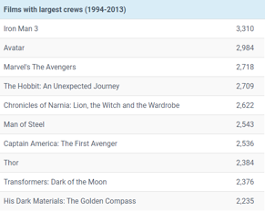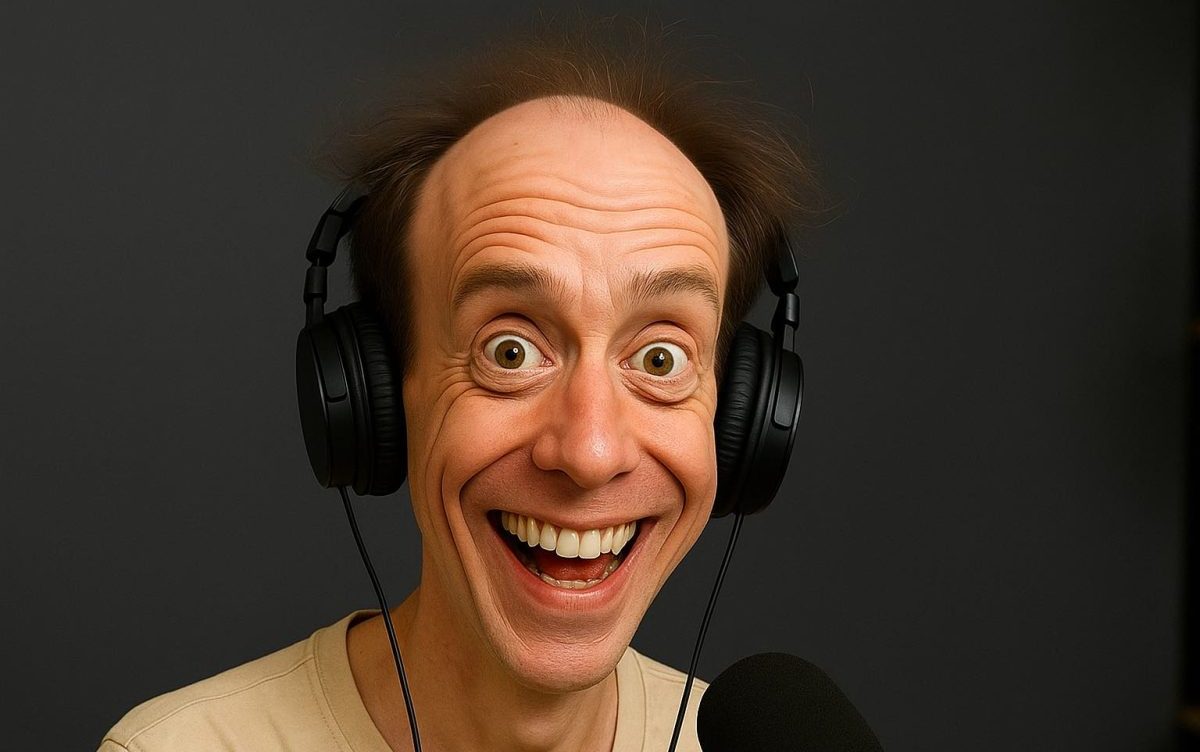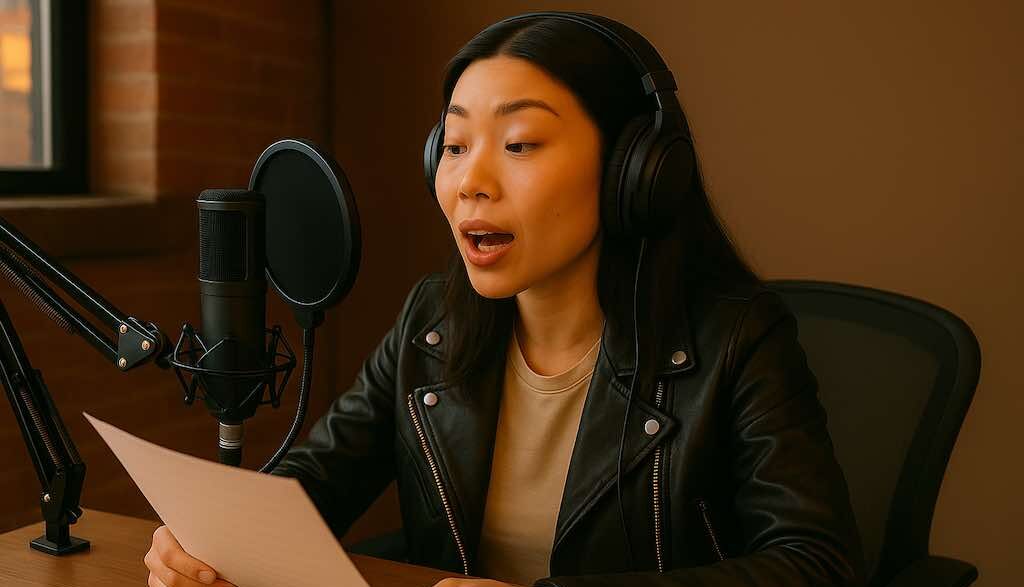I have always been amazed at the amount of names listed in the end credits of movies. It would often easily take 10 minutes to watch and read the whole thing.
Even though I know of no one actually doing that, it does make you wonder how many people you really need for a proper movie production.
A lot, thinks Hollywood. The creators of Iron Man 3 answered that question with 3310 people (!), as shown listed below (source here)

How different things are in the world of online video content. There we see an increasing amount of work being done by a decreasing amount of people. If you’d ask an average content producer of web videos, explainers or e-learnings the same question, any answer being more than 10 people would be a lot.
Alright, it makes sense you don’t need 3310 people to produce a 90 second explainer video, but many content producers opt to do almost everything themselves: video editing, script writing, camera work, production, color grading, motion graphics, audio recording and post production…
Similar to a ‘one-man-band’, they put together the entire production solo.
As a sound designer, I am often called upon to help improve a production’s audio quality. Or to give workshops (for content producers, for example) explaining how to mix audio. Even those I teach in my workshops often come back to me asking to “quickly mix some audio” for them.
But it’s not like that with all productions. How come? When is it the right call as a content producer to let go of the ‘one-man-band’ principle and outsource audio post production? And when is it the right call not to?
Besides obvious factors such as budget and time, the content of a video can also help to determine whether outsourcing to an audio expert is the smart thing to do. Let’s take a closer look at this.
It’s all about the story
No matter how fun silly TikTok-like video filters and effects are, when producing a video, it should be all about the story. You want to bring your audience along for that story. To spark emotion in your viewer.
To maybe inspire or just plainly make a sale. And which tool is more qualified to spark emotion than audio? Movie scenes can change entirely in how they are perceived with a simple change of music. Even though the imagery remains the same, the story changes. In the video below you’ll see a few examples of this:
This video, by the way, would have been even better with a proper audio mix. It should cost the viewer 0% effort to understand the voice of the presenter. If it costs any more than that, the viewer’s focus shifts towards what exactly is being said.
And then they might miss other things in the video. Especially at the beginning of the video, I personally have to make more than 0% effort to understand what is being said. My guess is that the producer focused too much on the effect of the music, forgetting about the importance of the voice.
And that is also an excellent example of a reason to outsource your audio post production. An audio professional will know exactly how to turn up the music without it compromising the quality of the voice.
And without turning the music so low it loses its impact. Also, cutting and editing the music in such a way it perfectly syncs up with your story and video is an art in itself.
Some producers are perfectly capable of handling this themselves. But for big productions in which sound and music play an important role, a specialized audio editor might just be able to get a little extra out of it.
That should be the question content producers ask themselves: how important is audio for telling my story?
Use audio to direct your viewer’s attention
Music can affect or even change the content of your video, as could be seen in the video above. But you can also use it to direct your viewer’s attention. Imagine your video is building up to an important point. So important, your viewer will not miss it.
Audio can help you with that, sometimes even without the viewer noticing. Because if you make sure that, at that important point, your voice over is quiet and your music pauses, you can use a sound effect to emphasise the most important thing in your video. Since you take away all other input, the viewer has no choice but to focus on that you want them to focus on.
The art is to do so without the viewer noticing. It must feel natural. And this is one of the great things about a good audio mix. It directs the viewer’s focus to the most important parts of your story. Pixar is a master at this. In the Pixar Short below, the audio is continually being used to direct focus:
Sometimes the music cuts out, to emphasise the feeling of ‘waiting’, as seen around a minute into the video. You suddenly hear the sounds of the boat and of the sea, but nothing else. That emptiness adds to that ‘waiting feeling’ they want their viewers to become a part of. But as soon as the moon rises, the violin music perfectly supports the feeling for that scene. And because of the lack of music before, it works extra well.
A little further in, when the big star is dropping (around 4:12), the music is turned down and simultaneously the sound effects come in hard. The music is being ‘pushed out’, as it were, by the sound effects. After that, silence, except for some hissing sounds. This contract provides the tension needed in that moment. And when the men get back to work, the music picks back up as well.
Try watching without sound. The transition between scenes is much less remarkable. The attention of the viewer is less directed and the impact of the story decreases.
This is a good reason to outsource your audio post production or sound design services. Good sound designers can use audio to direct focus in any video. They help the important parts of the video get the most attention.
A better balance
Finally, a more technical reason to outsource your audio post production. I mentioned it before: it should cost the viewer 0% effort to understand a voice over, also when you are using music and sound effects. And that can be hard. An audio mix might, for example, sound fine on an iPhone.
You understand the voice over and the music sounds good. But on your TV SoundBar, you suddenly hear so much ‘boomy’ bass from your music the sound of your voice over disappears into it.
With a proper frequency balance and the right dynamic in the audio mix, you make sure your audio sounds good anywhere. Even on AirPods ?. Some content producers know exactly how to get this done. It’s a bit like learning to play an instrument: the more often you do it, the better it will sound.
If you are unsure whether you can get your audio mix to sound good anywhere, you could consider outsourcing your audio post production. Especially if you don’t know on which medium your video will be viewed.
So, it’s important to take into account the story you want to tell. In the given examples you have seen how important the role of audio can be for this purpose. Every time you’ll need to consider whether you have the necessary skills to adapt audio to add something extra to your production, or if you might benefit from an external sound designer.
If done right, audio can add a whole new dimension to your imagery. The Pixar video above is an excellent example of this. Audio can boost your video and help to highlight the most important parts, so they will stick in your viewer’s head. And that, of course, is always the goal, whatever sort of video you are producing.
If you’re interested in audio post production services such as mixing & mastering, we’ve got you! Take a look at all of our audio services.
If you have any questions, feel free to contact us.
About the author
Giel is our go-to sound designer and (broadcast) music engineer, working from our in-house Amsterdam studio. He worked as a sound designer on productions of brands such as Disney, KPMG and Spotify and as a (broadcast) music engineer a.o. for various radio stations, mixing performances for artists such as Jason Mraz, Miss Montreal, Shawn Mendes. He gives audio workshops and writes articles/blogs about all things audio.




